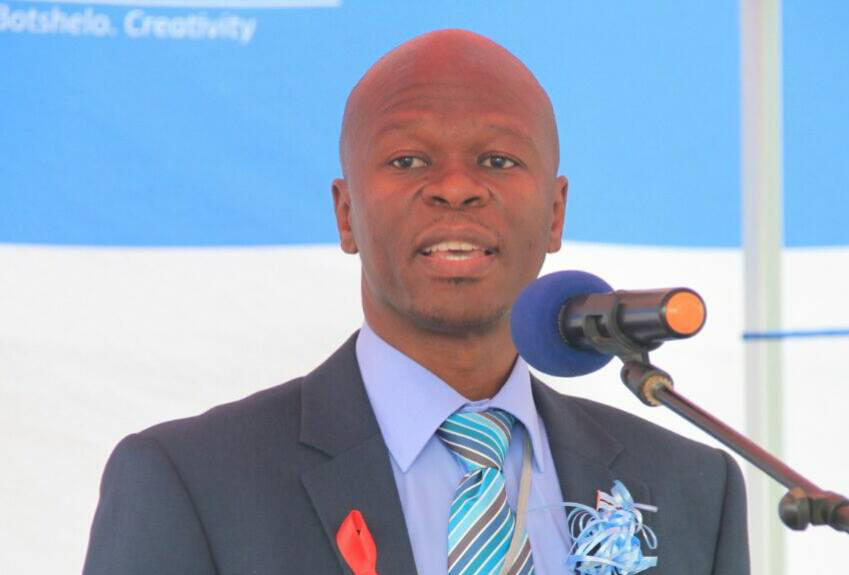The Strategy is designed to follow a phased approach and will involve transition from the current situation where the sector is largely unregulated
GOSEGO MOTSUMI
Although the Permanent Secretary at the Ministry of Youth Empowerment, Sports and Culture Development (MYSC), Kago Ramokate, has confirmed that the National Strategy for the Creative Industry has not been approved yet, this publication has a copy of the document that gives a glimpse of what is in the Strategy.
Development of the Strategy was coordinated by the Ministry of Investment, Trade and Industry (MITI) through the Companies and Intellectual Property Authority (CIPA) and the Economic Diversification Drive (EDD) Unit of the finance ministry.
Through it, MYSC aims to foster better coordination of the sector, thus improving its performance and competitiveness in order to convert its potential into tangible outcomes, accelerate entrepreneurship, create employment and promote investment and social inclusion. “We are going through the final review before final approval,” Ramokate told Time Out. “We hope to approve it before the end of the year.”
According to the document, the Strategy – which will run from 2020 to 2015 – was developed through an extensive consultative process with various stakeholders, including public sector agencies and players in the creative industries. It is designed to follow a phased approach and will involve transition from the current situation where the sector is largely unregulated and is not systematically included in the national planning and budgeting process.
Critical among initial activities will be development of metrics that will underpin growth of the sector and measure its impact. This approach will also support the government’s efforts to raise awareness and stimulate demand for products and services of the creative industries. Delivery of the interventions will depend on adequate resourcing and what robust governance arrangements are devised.
As the first such Strategy in Botswana, it is expected that most of the proposed initiatives will require initial scoping or diagnostic studies during its first half of execution. An accompanying Implementation Matrix provides a broad implementation plan over the five-year period.
“The implementation of the Strategy will source and establish funding and other resources for the Strategy, commission the strategy, establish the sector, develop a communication and change management strategy and undertake feasibility studies for prioritized initiatives,” the documents reads in part.
The Strategy aligns with the country’s Vision 2036, which recognizes that “creative industries are an upcoming sector that possesses great potential to create employment, diversify the economy and earn foreign exchange”. The sector’s long-term success is anchored on enhancing the education and skills of its players, as well as improving access to finance and protecting the intellectual property rights for creators.
The Strategy is a response to President Mokgweetsi Masisi’s inaugural State of the Nation Address of November 2018 that emphasized that Botswana must become purposive about the creative industry, hence it has been awaited with baited breath.
The sports and culture minister, Tumiso Rakgare did not respond upon being contacted.

